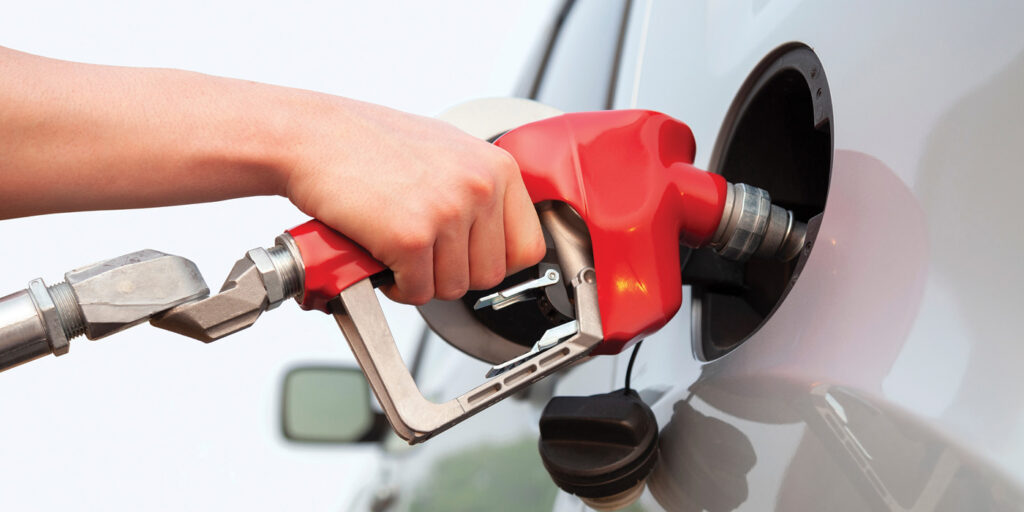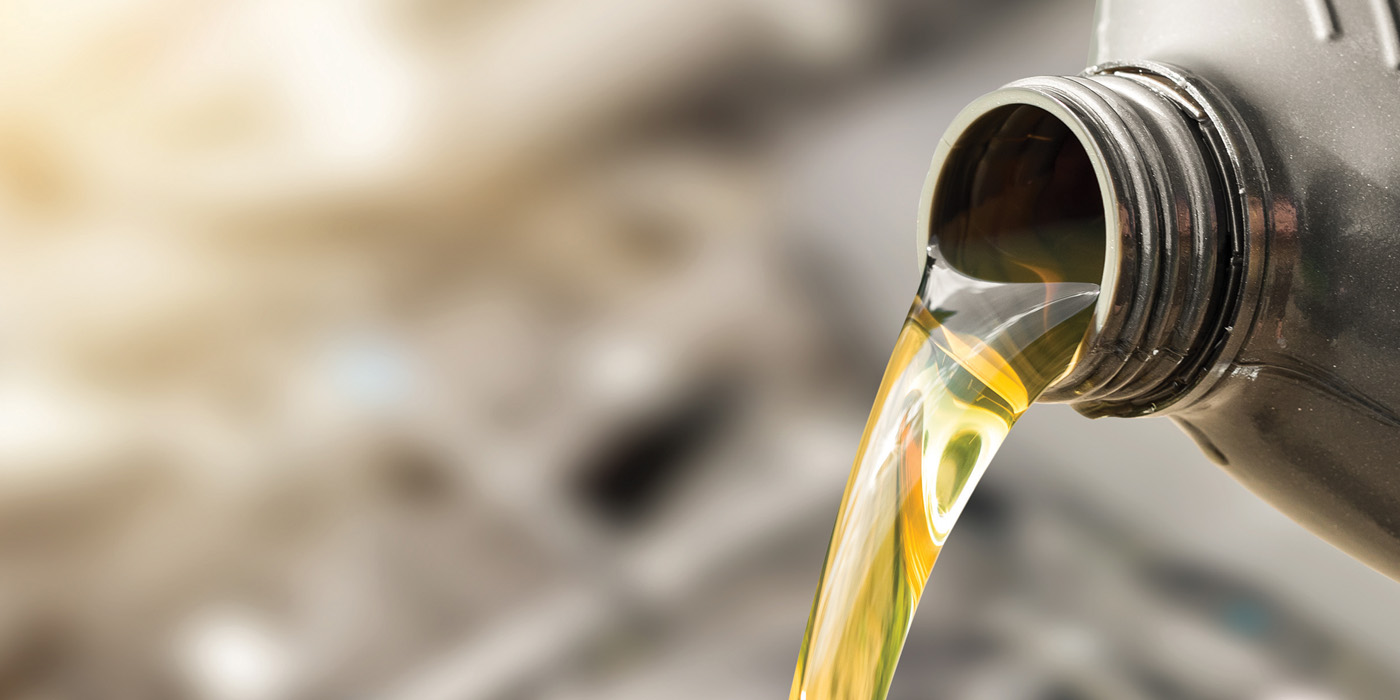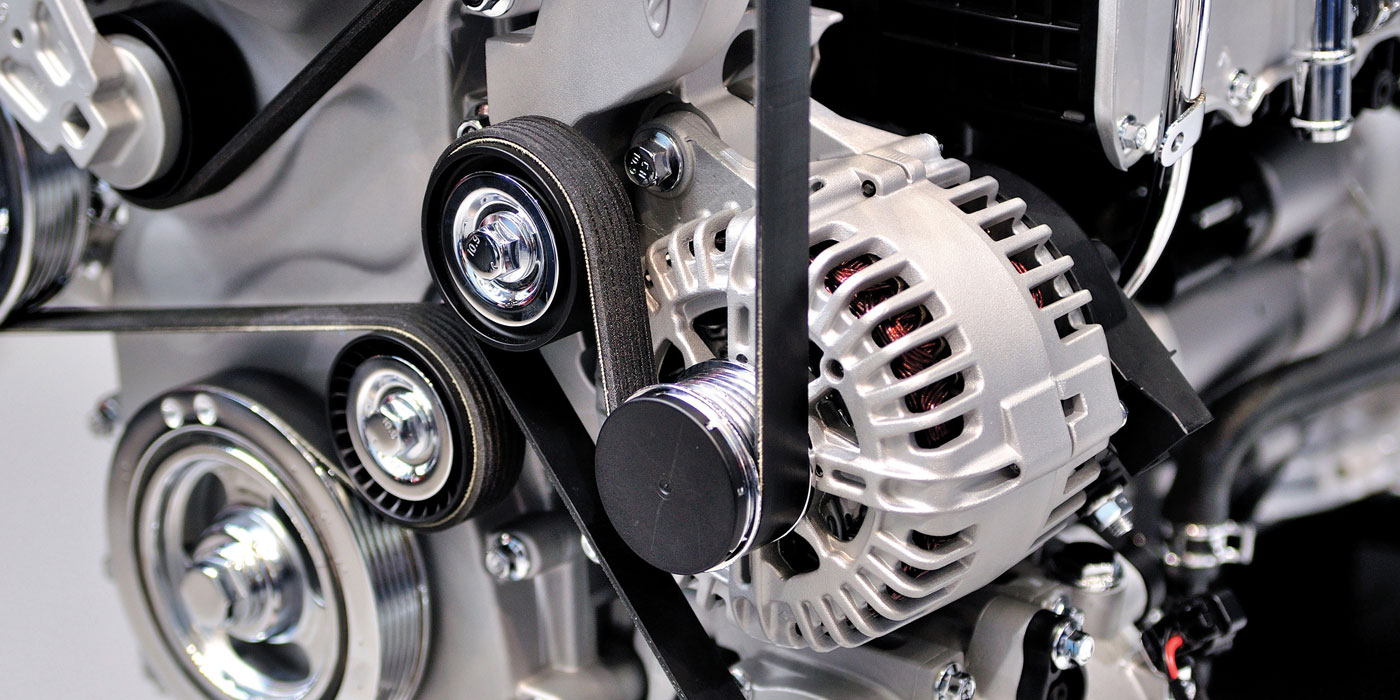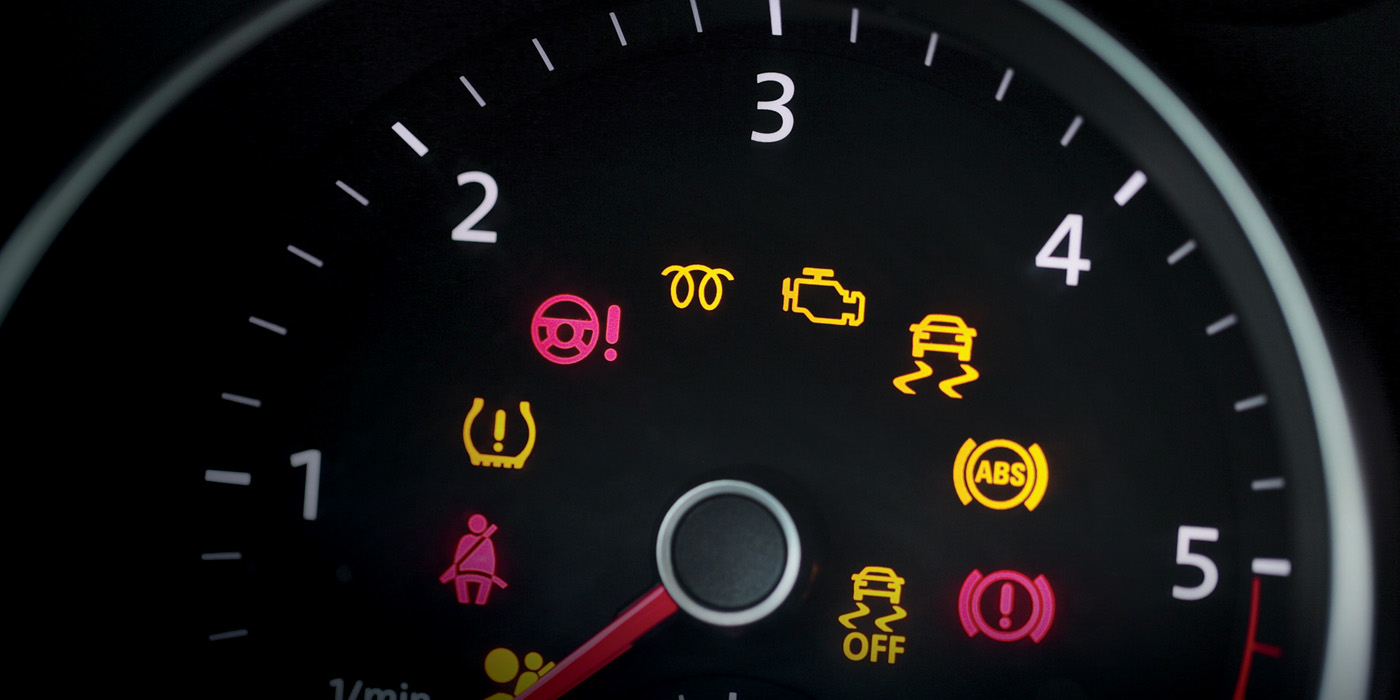Editor’s note: This column appears in the June issue of AMN/Counterman.
As of today (June 15), the average price of a gallon of regular gasoline in the United States is $5.01, according to AAA. That’s up from $4.47 a month ago.
Remember the good old days? A year ago (from June 15), the average price of a gallon of regular gas was $3.076 – a great time to fill ‘er up, compared to today.
Time and time again, the automotive aftermarket has been described as a “resilient” industry. Some even call it “recession-proof.” And thus far, consumers have shown that they’re resilient in the face of these record-high gas prices. AAA forecast that nearly 35 million travelers hit the road for Memorial Day – the highest number since 2019.
“So far, the pent-up urge to travel caused by the pandemic outweighs high pump prices for many consumers,” AAA spokesperson Andrew Gross said in a May 31 press release.
However, in a recent AAA survey, 67% of drivers said they would change their driving habits if gas hit $4.50 a gallon. The number rises to 75% at $5 a gallon.
“If pump prices keep rising, will people alter their summer travel plans?” Gross asked. “That remains to be seen.”
Miles driven is perhaps the most important metric and leading indicator for the health of the automotive aftermarket. Since the depths of the pandemic, we’ve seen a steady rebound in miles driven (also referred to as vehicle miles traveled). And even when miles driven plummeted in 2020, the aftermarket came out smelling like a rose – thanks to DIYers spending their stimulus checks on vehicle maintenance and restoration projects.
In a blog post, Nathan Shipley points out that the last time nominal gas prices hit $4 a gallon was in mid-2008. “At that time, we observed a downturn in miles driven and aftermarket industry performance,” Shipley wrote.
Of course, there’s more to that story. In 2008, we were in the midst of a major economic recession triggered by the collapse of the subprime-mortgage market.
“As the years went on, the economy began to recover,” wrote Shipley, who is executive director, industry analyst, automotive, for NPD. “At the same time, gasoline prices began creeping up, once again crossing the $3 mark in early 2011. Despite this economic recovery, it was clear that higher gasoline prices continued to negatively affect miles driven, throughout this period.”
Shipley’s blog post is from March 17. At that time, U.S. average gas prices had hit $4.17 per gallon – which was the most expensive in history (until now), not correcting for inflation.
“The effect of these higher gas prices on consumers is very real, but the macro environment is different than it was in the past, and there appears to be a new baseline in the aftermarket because of the fundamental behavior shifts that have positively affected sales performance,” Shipley wrote.
Still, higher gas prices are more than capable of delivering “a meaningful jolt to consumers’ wallets,” he says. That’s especially true for lower-income consumers and DIYers, “who might delay vehicle repairs, extend maintenance intervals and seek out cheaper brands and products.”
So, what does the second half of 2022 look like for the aftermarket? In Shipley’s view, the negative impact of higher gas prices on aftermarket sales is hard to predict. It all boils down to how long gas prices remain elevated.
“We cannot assume that higher gas prices will cause the same measurable decline in miles driven that were noted in the past,” Shipley asserts. “However, the longer gas prices remain higher than average, the more it could impact household budgets. Even if we don’t see a measurable drop in miles driven, other behavior changes around vehicle maintenance could also drag down overall industry performance.”














